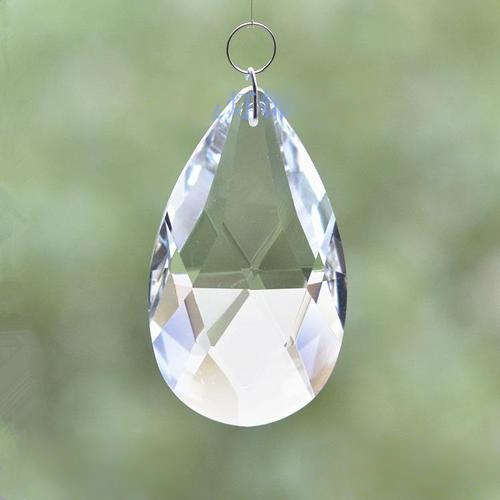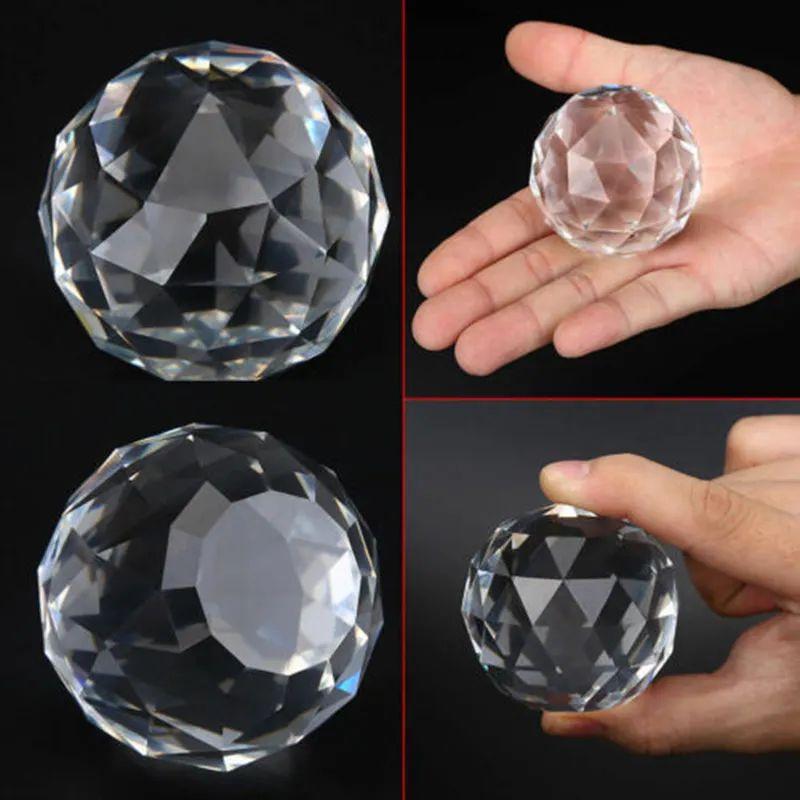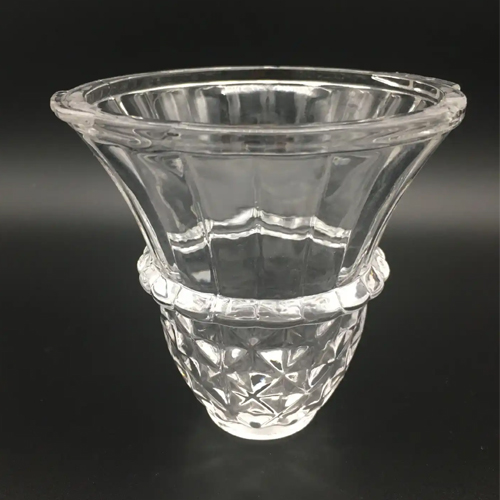What is Glass?
Glass is a versatile and ancient material made primarily from silica (sand), soda ash, and limestone. The mixture is heated at high temperatures until it melts, then cooled to form glass. Glass is prized for its clarity, durability, and versatility, making it a necessity in homes and industries around the world. For those wondering if all glass contains lead, lead is not typically added to glass as an ingredient, with the exception of leaded crystal.
What is crystal? Is it safe?
Crystal is a type of glass to which lead oxide has been added, which enhances the properties of the glass to create more delicate, decorative items. Lead oxide increases the refractive index of the glass, giving crystal its famous sparkle and brilliance. Crystal is also a heavier material that can be worked into more elaborate patterns than regular glass.
The presence of lead has raised health concerns, especially in products intended for eating and drinking. This concern has led to the creation and rise of lead-free crystal alternatives that retain the beauty and physical properties of traditional crystal without the associated risks.

Does all crystal contain lead?
Not all crystal contains lead. In response to safety concerns, the glassware industry introduced "crystallized" glass, a lead-free glass alternative that mimics the optical properties of traditional crystal without the use of harmful substances. Originated from Europe, this innovative material allows for glassware with the clarity, weight and sound of leaded crystal, ensuring a safer dining experience without compromising its elegance and quality.
Differences between Glass, Crystal and Lead-Free Crystal
Both glass and crystal go through a metamorphosis journey, starting with the high temperatures of a furnace until they reach a molten state. It is at this critical juncture that skilled glassblowers step in to shape the liquid material into the final desired design. Despite similar origins, the two materials have very different properties, including chemical composition, weight, how they interact with light, and the unique sounds they make.

Appearance Differences
Glass: May have a slight cloudiness or tint (green when containing iron, blue when containing soda lime).
Crystal (lead-based): Known for its clear, sparkling appearance.
Lead-free crystal: Also has high clarity, similar to lead-based crystal, but without the health issues associated with lead.
Weight Differences
Glass: Generally lighter than crystal.
Crystal (lead-based): Heavier due to the presence of lead or other metals.
Lead-free crystal: Lighter than leaded crystal due to the absence of lead, but may still be heavier than standard glass depending on the alternative materials used. For example, machine-blown European crystal glasses can have thinner walls, and factory innovations have even been able to create lead-free crystal wine glasses that are virtually weightless. However, due to the thicker soda-lime glass, some crystal products may still be heavier.
Thickness Differences
Glass: Generally has thicker edges due to its composition and the higher processing temperatures. Generally, the thicker the thickness, the better the durability.
Crystal (lead-based): Can be made thinner than glass while maintaining strength due to the presence of lead.
Lead-free crystal: Achieves thinness and strength through alternative materials, without the use of lead, maintaining the elegance of traditional crystal.
Cut Differences

Glass: Hardens quickly, with limited time for fine cuts. Forming is usually done while the material is still hot by bending or blowing into a mold.
Crystal (Lead-Based): Minerals like lead soften the material, allowing for fine, hand-cut designs without sacrificing strength.
Lead-Free Crystal: Like lead-based crystal, intricate cuts and designs are possible due to the use of alternative strengthening agents in place of lead.
Refraction Differences
Glass: Minimal refraction (due to minimal metal content), allowing light to pass through like clear window glass.
Crystal (Lead-Based): High metal content allows for dramatic light refraction, producing colorful lighting effects.
Lead-Free Crystal: Continues to refract light beautifully, utilizing lead-free metals to create similar visual effects as lead-based crystal.
Sound Differences
Glass: Creates a soft sound when struck.
Crystal (Lead-Based): Known for its clear, resonant ring.
Lead-Free Crystal: Due to its dense composition, it is also able to produce a unique, resonant sound like lead-based crystal.
Benefits
The choice between glass and crystal (or crystalline) depends on occasion, aesthetics, and safety considerations. Crystal designs are elegant and sophisticated, while glass is safe, practical, and durable. Lead-free materials like crystals offer the best of both worlds: the beauty of crystal without the health risks.

